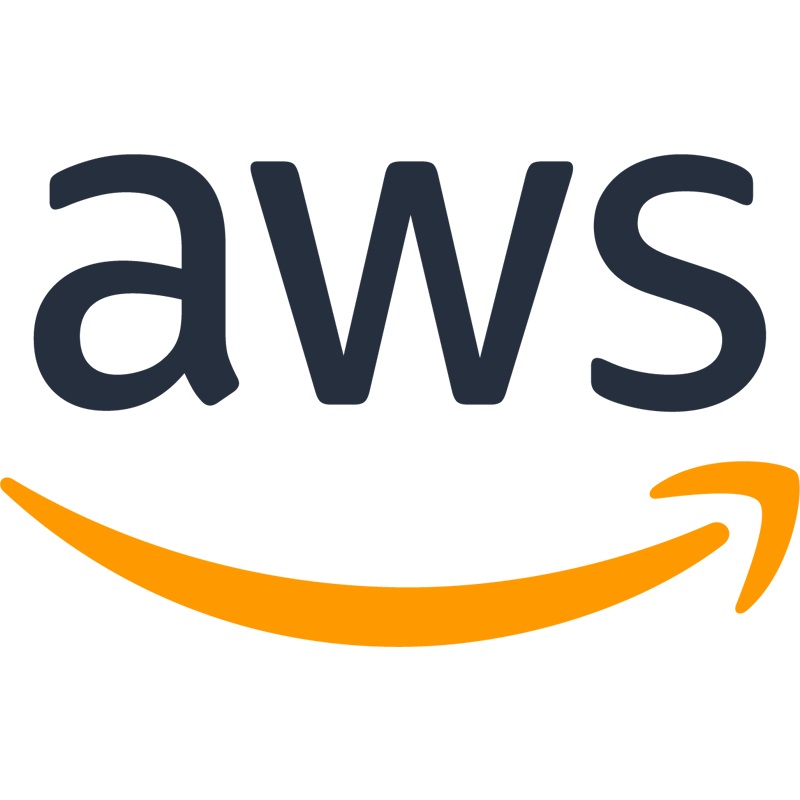Year 1
In the first year of your Bachelor of IT, you will study the fundamentals of IT and programming, databases, and user-centred design, undertaking subjects related to cyber security.
You will also participate in innovative web and computer programming bootcamps and studios via our Bootcamp2Studio model, which will allow you to develop your programming skills through practical, project-based work.
Year 2
After you have completed your first year, the direction you take is in your hands as you choose which majors, minors and subjects you want to undertake. You can choose one or more minors, or just focus on the individual subjects and electives that interest you most.
There are 3 majors and 15 minors to choose from, providing you with the flexibility to plan your own study to achieve your study and career goals.
Majors include:
- Cyber Security
- Digital Innovation
- Enterprise System Development
Minors include:
- Artificial Intelligence and Machine Learning
- Blockchain Technologies
- Cloud Computing
- Creative Computing
- Cyber Assurance
- Data Science
- Enterprise System Development
- Bioinformatics
- Blockchain Enabled Business
- Business Analytics
- Business Information Systems
- CISCO Networking
- Data Analysis
- Entrepreneurship
- Innovation and Enterprise
Year 3
In your third year, you will continue to study a range of specialised IT subjects.
You will also have the option of a programming capstone project that simulates an industry environment. This will involve working in a team on a software engineering project and interacting with a professional software project manager.









